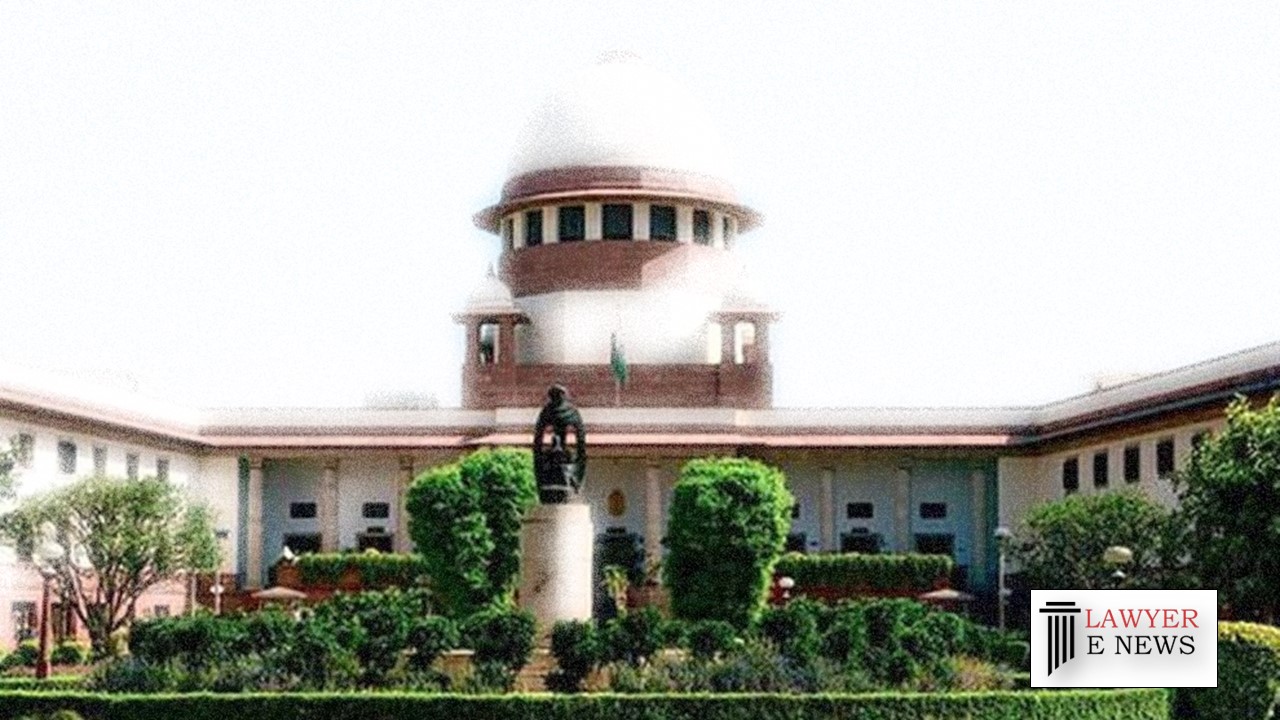-
by Admin
06 December 2025 4:23 AM



In the landmark judgment delivered on February 6, 2024, the Supreme Court of India addressed the intricate nuances of the right of pre-emption in urban immovable property under the Punjab Pre-emption Act, 1913. The court focused on the distinction between ‘land’ and ‘immovable property’ and the impact of this distinction on pre-emption rights.
The appeal arose from a dispute over a property in Jagadhri, Haryana, involving the appellants (Jagmohan and another) and the respondents (Badri Nath and others). The respondents, who had been tenants since 1949, exercised their right of pre-emption under the 1913 Act following the sale of the property to the appellants. They contended that they had a preferential right to purchase the property, challenging the legality of the sale deed executed in 1983. The appellants contested this, arguing that a 1985 state notification exempted the property from pre-emption rights as it fell within municipal limits.
The Supreme Court meticulously analyzed the provisions of the Punjab Pre-emption Act, 1913, and related statutes. The court observed that the right of pre-emption in urban immovable property vests in tenants under Section 16 of the 1913 Act. It distinguished between ‘land’ and ‘immovable property’, noting that the latter encompasses more than just land, such as buildings or structures.
Key to the decision were the definitions under the 1913 Act and the interpretation of the notification issued under Section 8(2) of the same Act. The court emphasized that the notification’s reference to ‘land’ did not include ‘immovable property’, thus not applying to the property in dispute.
Decision: The Supreme Court dismissed the appeal, upholding the concurrent findings of the lower courts. It affirmed the respondents’ right of pre-emption over the urban immovable property, ruling that the 1985 notification did not apply to the property in question.
Date of Decision: February 06, 2024
Jagmohan and Another v. Badri Nath and Others
